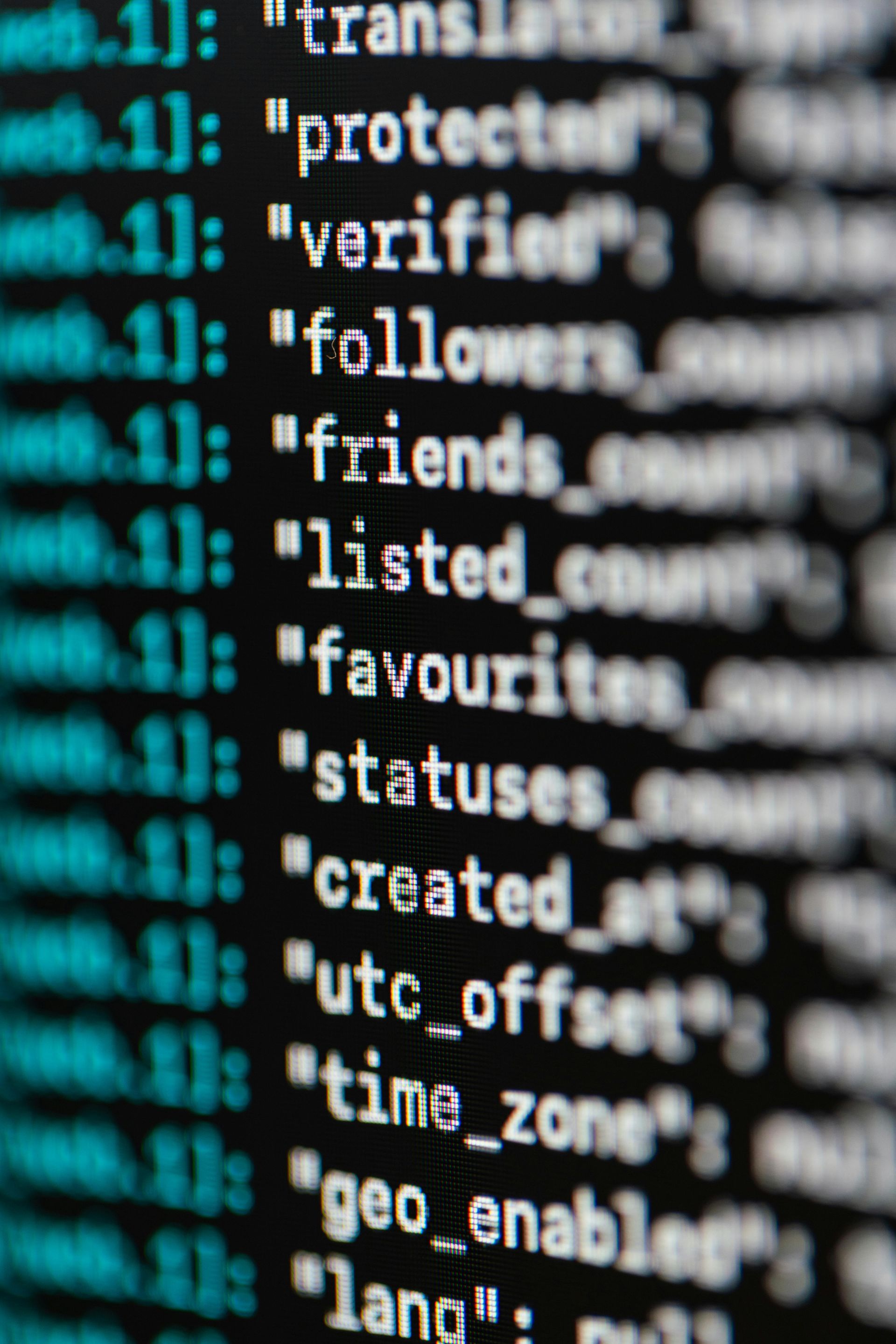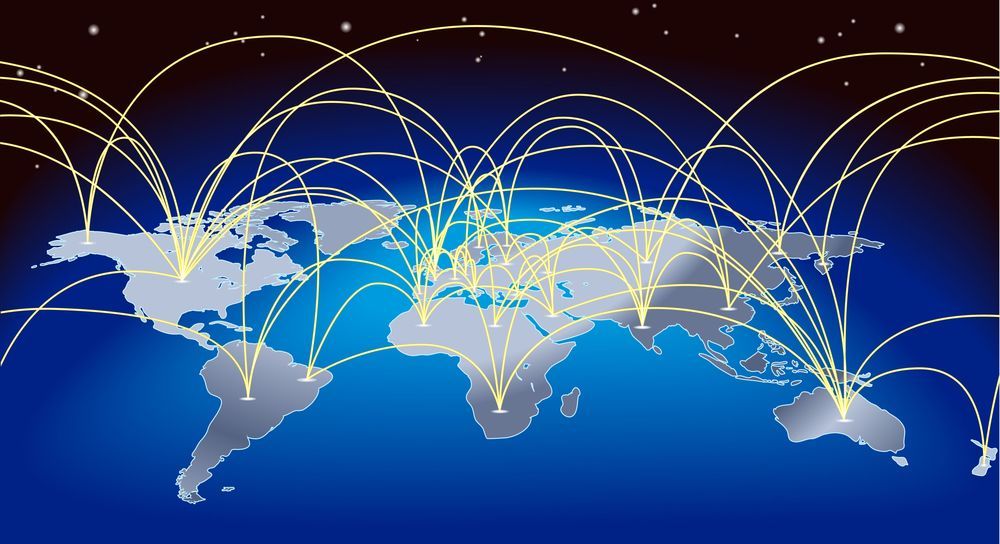AI vs. Traditional Methods: Why Sanctions Compliance Needs a Tech Upgrade
Sanctions compliance. Just the words themselves can send shivers down a compliance officer's spine.
It's a complex, ever-evolving landscape where getting it wrong can have catastrophic consequences – hefty fines, reputational damage, and even criminal charges. For years, we've relied on traditional methods, often involving manual checks, spreadsheets, and a whole lot of cross-fingers. But let's be honest, in today's world, are these methods really cutting it anymore? The answer, increasingly, is a resounding no.
Think about it. Sanctions regulations are in constant flux. New lists pop up, existing ones are amended, and the geopolitical climate can shift dramatically overnight. Keeping up with these changes is a herculean task. Imagine trying to manually sift through thousands of entries, cross-referencing them against your customer database, while simultaneously trying to understand the nuances of each specific sanction regime. It's like trying to drink from a firehose. Inevitably, things get missed. Human error creeps in. And the risk of non-compliance skyrockets.
From a compliance officer's perspective, this is a nightmare scenario. We're constantly juggling multiple priorities: ensuring business operations run smoothly, minimizing risk, and staying on top of the latest regulatory changes. Traditional methods simply aren't scalable or efficient enough to handle the sheer volume and complexity of modern sanctions compliance. We're drowning in data, struggling to keep our heads above water.
This is where AI comes in.
Now, I know what you're thinking. AI? Isn't that just a buzzword? Well, in this case, the hype is real. AI-powered solutions offer a game-changing approach to sanctions compliance, and here's why:
- Automation: AI can automate many of the tedious, manual tasks that currently consume so much of our time. Think automated screening of customers and transactions, continuous monitoring for changes in sanctions lists, and even automated reporting. This frees up compliance officers to focus on more strategic, high-value activities, like risk assessment and policy development.
- Enhanced Accuracy: Let's face it, humans make mistakes. We're not perfect. AI, on the other hand, can process vast amounts of data with incredible accuracy, minimizing the risk of human error and missed red flags. This significantly reduces the likelihood of sanctions breaches.
- Real-time Monitoring: Regulations change constantly. AI-powered systems can monitor these changes in real-time, alerting compliance officers to any updates that might impact their business. This allows for proactive risk management and ensures that compliance programs are always up-to-date.
- Data Analysis & Insights: AI can analyze vast datasets to identify patterns and anomalies that might be indicative of sanctions evasion. This provides valuable insights that can help compliance officers to proactively identify and mitigate potential risks.
- Scalability: As businesses grow and regulations become more complex, AI-powered solutions can easily scale to meet the increasing demands of sanctions compliance. This ensures that compliance programs remain effective and efficient, even as the business evolves.
- Data Dependency and Quality: AI algorithms are only as good as the data they're trained on. If the data is incomplete, inaccurate, or biased, the AI system may produce flawed results, leading to false positives or, worse, missed red flags. Garbage in, garbage out.
- Explainability and Transparency: "Black box" AI models can be difficult to understand. It's essential to choose solutions that offer some level of explainability, allowing compliance officers to understand how the AI arrived at a particular decision. This is crucial for audit trails and regulatory scrutiny.
- Over-Reliance and Deskilling: There's a risk of becoming overly reliant on AI, potentially leading to a decline in human expertise and critical thinking. Compliance officers should still possess a deep understanding of sanctions regulations and be able to critically evaluate the output of AI systems.
- Security Risks: AI systems can be vulnerable to cyberattacks. Protecting sensitive data and ensuring the security of AI algorithms is paramount. A breach could compromise the integrity of the compliance program and expose the organization to significant risks.
- Bias and Discrimination: AI models can inadvertently perpetuate and amplify existing biases in the data, potentially leading to discriminatory outcomes. It's crucial to carefully test and monitor AI systems to ensure fairness and avoid unintended discrimination.
Speak to us!
If you wish to learn more about our Solutions and Partners we work with, click here to learn more:
Follow us on social media or drop us a line:






